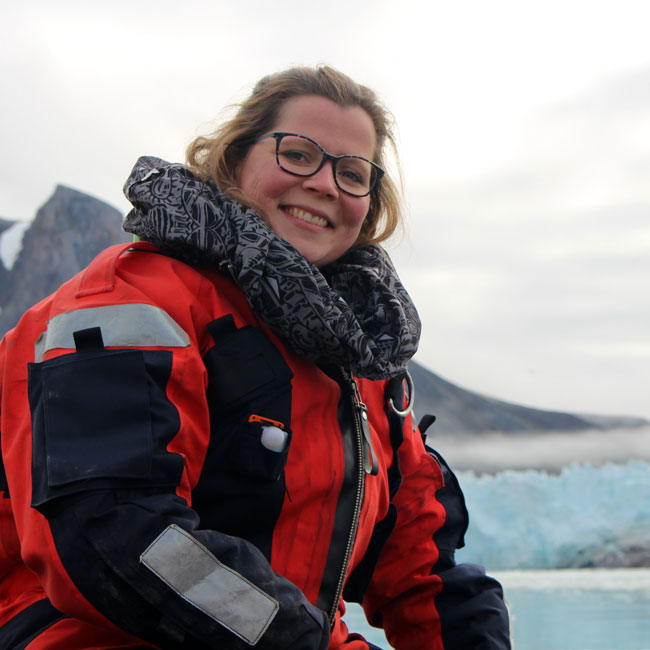Exploring intraspecific variability – biochemical and morphological traits of the sugar kelp Saccharina latissima along latitudinal and salinity gradients in Europe
[Published 13 June 2023]
Scientific Publications
Abstract
Broadly distributed seaweeds, such as the boreal-temperate kelp species Saccharina latissima, contain a multitude of metabolites supporting acclimation to environmental changes, such as temperature and salinity. In Europe, S. latissima occurs along the coasts from Spitsbergen to Portugal, including the Baltic Sea, exhibiting great morphological plasticity. We investigated the morphological and biochemical traits of field-collected sporophytes from 16 different locations across the species entire distributional range in relation to local abiotic conditions (sea surface temperature, salinity). By statistically linking morphological and biochemical data to geographic information that also took into account the respective sampling depth, we aimed to obtain first insights into the site-specific adaptive features of this species. Frond length and width, mannitol and phlorotannin contents, and molar C:N ratio showed strong intraspecific variability among S. latissima sporophytes dependent on individual local abiotic drivers. Despite the conspicuous impact of local abiotic factors on specimens’ morphology, we could not determine habitat-specific signatures in the biochemical phenotypes. Even though our findings are based on a relative small sample size per site, they cover a broad biogeographical range and support a high plasticity of S. latissima sporophytes. The study provides a first base for studying separation processes of populations across latitudes and conservation ecology.
FACE-IT Scientists:
Kai BISCHOF
Marine Botany, University of Bremen, Germany
Center for Marine Environmental Sciences MARUM, University of Bremen, Germany
UBremen personal page
Kai’s FACE-IT Projects
Role in FACE-IT:
• Scientific Coordinator
• Member of the Executive Board
• Co-Leader "Policy Dialogue and Outreach"
• Co-Leader "Project Management"
• Leader "Ethical Requirements"
• Researcher "Biodiversity Changes"
• Researcher "Ecosystem Function Changes"
Nora DIEHL
Marine Botany, University of Bremen, Germany
ResearchGate
Nora’s FACE-IT Projects
Role in FACE-IT:
• Researcher "Biodiversity Changes"
• Researcher "Ecosystem Function Changes"


